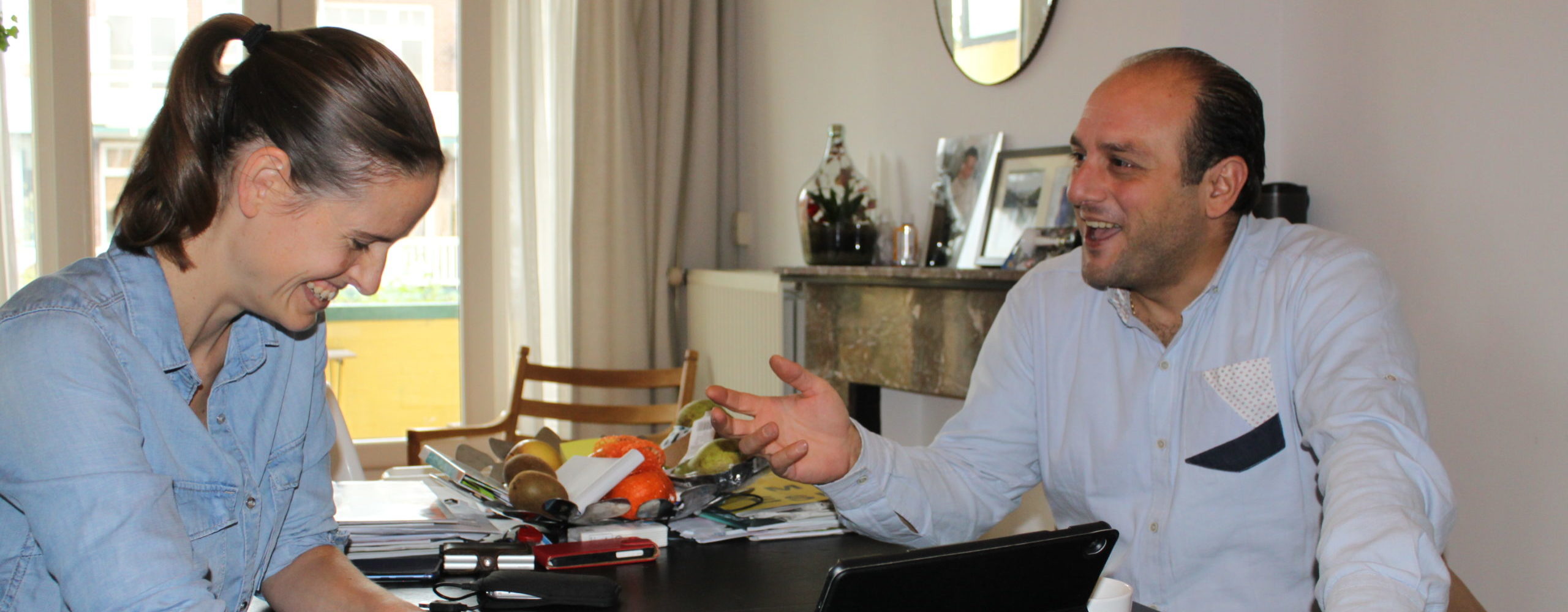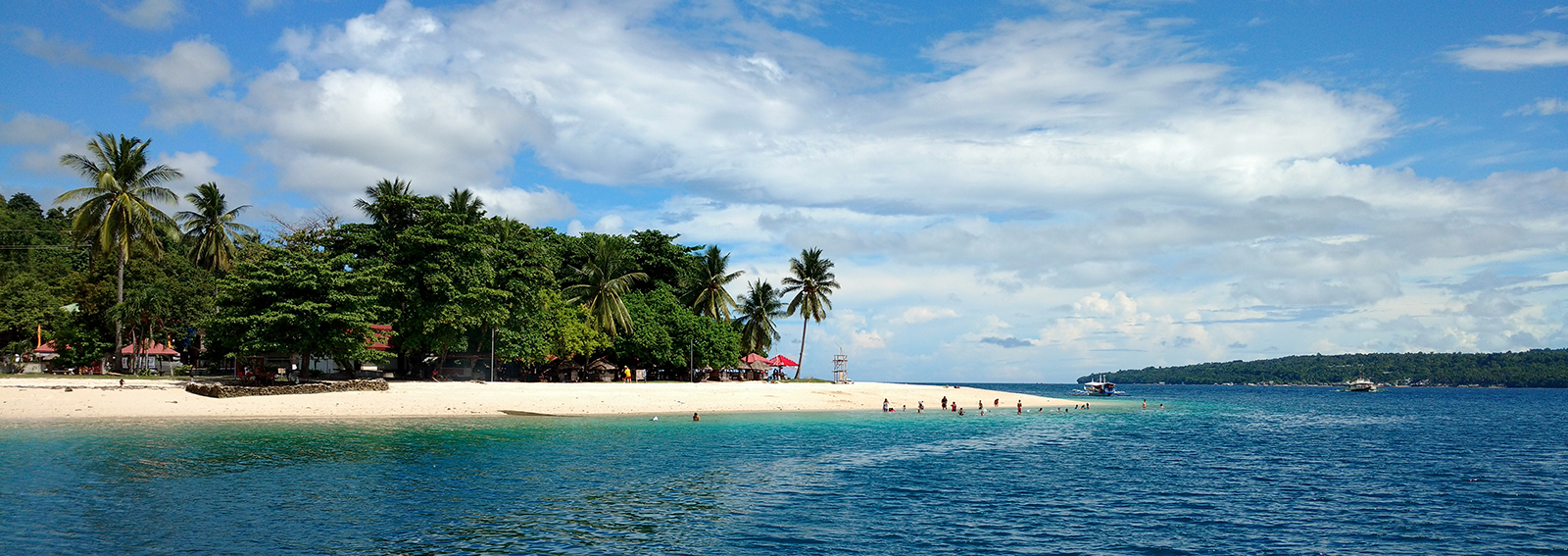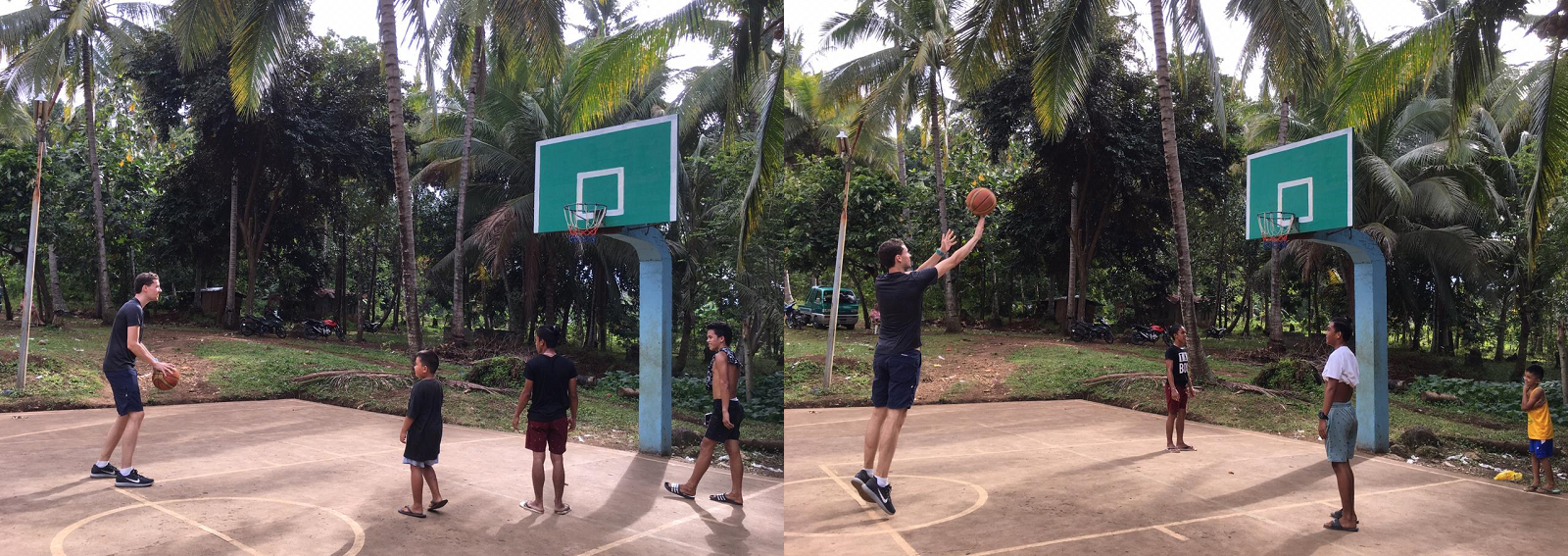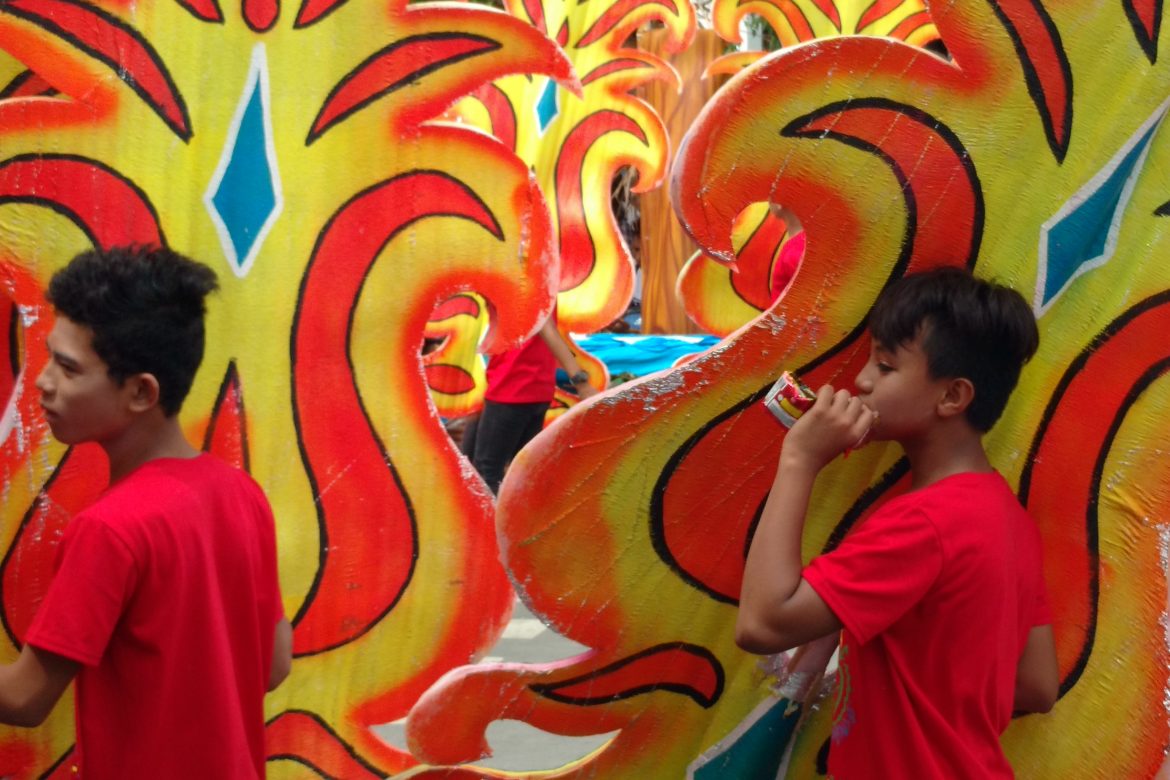Not too long ago I belonged to the majority of people in this world who had never heard of Davao City. Now I am about to live there.
Davao is the largest city on the island of Mindanao in Southern Philippines. International news coverage of Mindanao has for decades focused on violent acts committed by various non-state actors. This coverage – and violence – continues to this day with the terrorist takeover of the city of Marawi and the imposition of martial law being the latest sad breaking news stories.
As an outsider, I cannot pretend to understand all the complexities of the conflicts playing out on the island. Certainly, centuries of colonial rule, historical injustice, abuse of power and economic marginalization have contributed to the current state of instability. One determining factor is the slow to materialize creation of a new autonomous political entity known as the Bangsamoro Autonomous Region that would replace the current Autonomous Region in Muslim Mindanao. Meanwhile, peace on Mindanao remains elusive.
But there’s more to the story of Mindanao. It is the most culturally diverse part of the Philippines and, according to the World Bank, the island will determine the country’s economic progress, for better or for worse. Also, since the 2016 election of Rodrigo Duterte as the first Mindanaoan president, Davao City’s stature as a center of (political) power has grown significantly.
The past three weeks my partner Sophie and I – her job with an international NGO is the reason we moved to Davao – have explored the city and I’ve gotten glimpses of what occupies people’s minds around here. Unsurprisingly, safety is a hot-button issue. Davao is considered one of the safest cities in the Philippines; the result of years of strict law and order during the Duterte years. However, other often more remote parts of Mindanao are considered high-risk areas. Davao is definitely a bit of a bubble, but my experience so far is that safety concerns do no paralyze public life on the island. On the contrary, most people resent the bleak picture painted by the outside world of the threat level which they describe as exaggerated.
The truth is: life goes on, even when circumstances are daunting. Sophie and I were reminded of that shortly after our arrival in Davao which coincided with the famed annual Kadayawan Festival, a colorful showcase of the culture and tradition of the city’s 11 recognized tribes. Chatting with spectators I learned that the crowds were bigger than ever. An effect of Duterte’s election – he was mayor of Davao City for more than 22 years – some of them claimed. Another factor surely was the pretty much inescapable nationwide PR campaign encouraging people to attend the festival and to not let martial law ruin the celebrations. The Davao Tourism Association put up giant billboards along highways around major cities to inform tourists that Kadayawan was not being cancelled. Talk about your reversed marketing logic.
I’m returning to Davao in early January. From then on I will write for this website – and hopefully others – about the dreams and expectations of the Filipino people, especially those in Davao. I want to tackle “big news” about the economy, politics and culture through a personal lens. I will do so from the inside out, but with an outsider’s perspective.









Hoi Patrick, keep on writing?
Hi Patrick. Gonna be an interesting series of articles. Look forward to reading them. Cheers. Bart